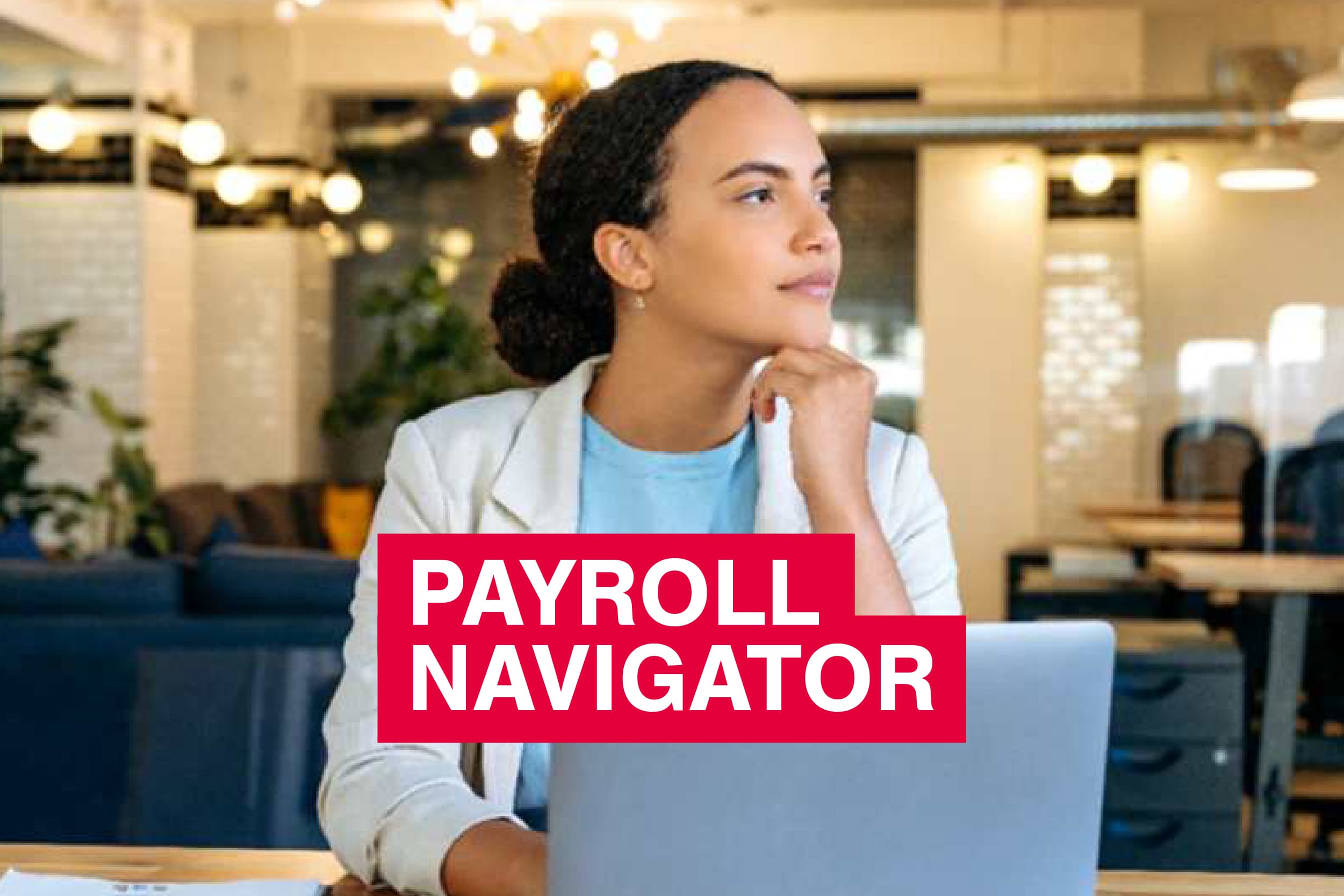Pro tip: consider integrating payroll into your core HR system. Payroll data are often the most reliable data in an organisation, so combining them with other HR data can lead to vital insights in business-critical matters.

How to choose the right core HR software [Checklist]
An employer survey by SD Worx shows that digital HR is hot. More and more companies are setting up projects to get ahead of the digital transformation curve. Selecting a made-to-measure core HR management system (HRMS) is obviously a real gamechanger. But how do you choose the right HR software? This is how you separate contenders from pretenders.
Develop a solid gameplan
Preparation is everything when entering the jungle of HR technology. You can only find the perfect match if you know exactly what you’re looking for.
- Pinpoint your current challenges: your main requirements will include automating your existing HR processes and meeting your current needs. This should result in a list of must-have features, from efficient document management and secure data management to automated onboarding.
- Think outside of the box: investigate what’s possible with the new HR software on the market. There are definitely digital opportunities out there that you haven’t even thought of yet. For example, the leap in technology has enabled the development of a wide variety of employee self-service tools.
- Be prepared for growth: even if your organisation isn’t international today, it might be tomorrow. Failing to add scalability and global functionalities to the mix means one business decision can undermine all of your digital HR efforts. The solution: a reliable system for multi-country core HR.
- Break down the silos: core HR systems are not only used by HR staff, but also by non-HR staff. So, it’s important to know their needs as well. Finance professionals, IT specialists, C-suite managers and even your employees, they are all closely involved and might have different wishes.
Execute your gameplan
Time for the real deal. After all, the proof of the pudding is in the eating.
- Assemble an evaluation team: core HR systems affect many people on the work floor, so you want to have buy-in from the teams that will interact with the software regularly. Therefore, select representatives who’ll evaluate the demo together.
- Organise D-day (or week): after selecting the most promising core HR systems, invite the vendors for extensive demos. Ideally, these are shown back-to-back and with the whole evaluation team present. Because demos tend to be long, it might be wise to organise a demo week and let the first impressions sink in after every presentation. In any case, don’t rush to any decisions on the spot.
- Focus on tech decision drivers: there are usually only a few elements which truly drive the final decision. A demo might look bright and shiny, but if it fails to score for your key requirements it’s a no-go. Possible decision drivers might be: configurability, scalability, service and support, global capabilities, employee-centricity, functionality, etc.
- Rate possible vendors: you want a partner with substantial experience and expertise – preferably in your sector – so check references. Moreover, look out for partners who are able to integrate new systems with existing systems, who provide training for your team, who give ongoing support and who see confidentiality and security as top priorities.
- Compare, compare, compare: what else? But remember, it’s not because a vendor doesn’t seem to score well on a particular point of interest to you that they should be dismissed. Be transparent about your concerns, your almost perfect contender might just come up with the ideal solution.


